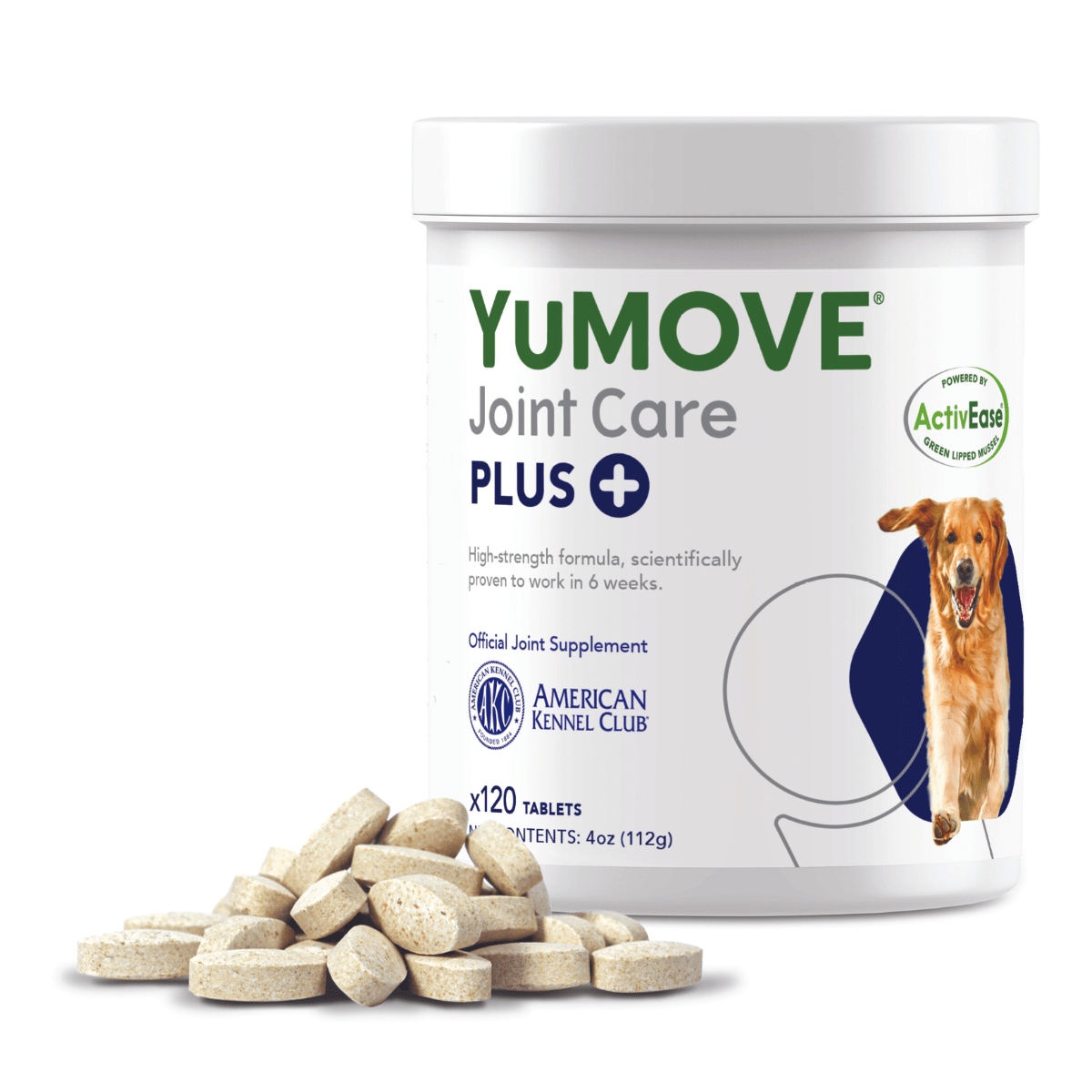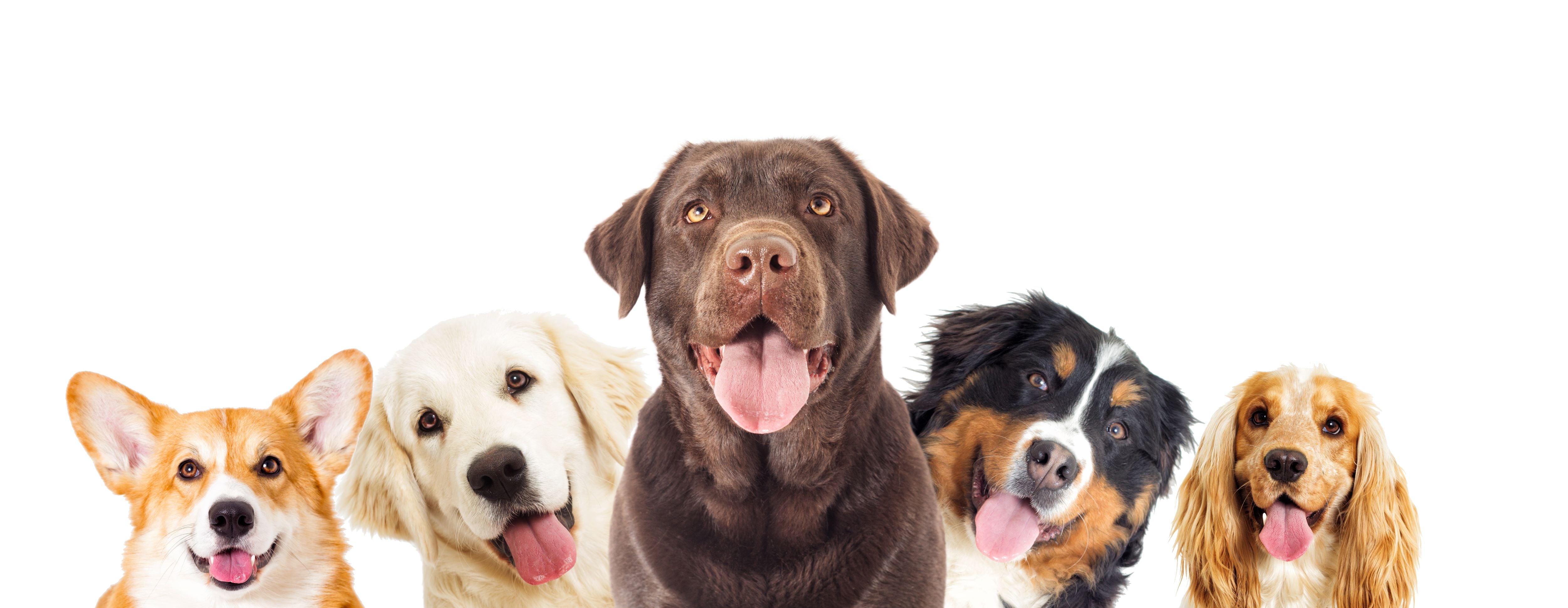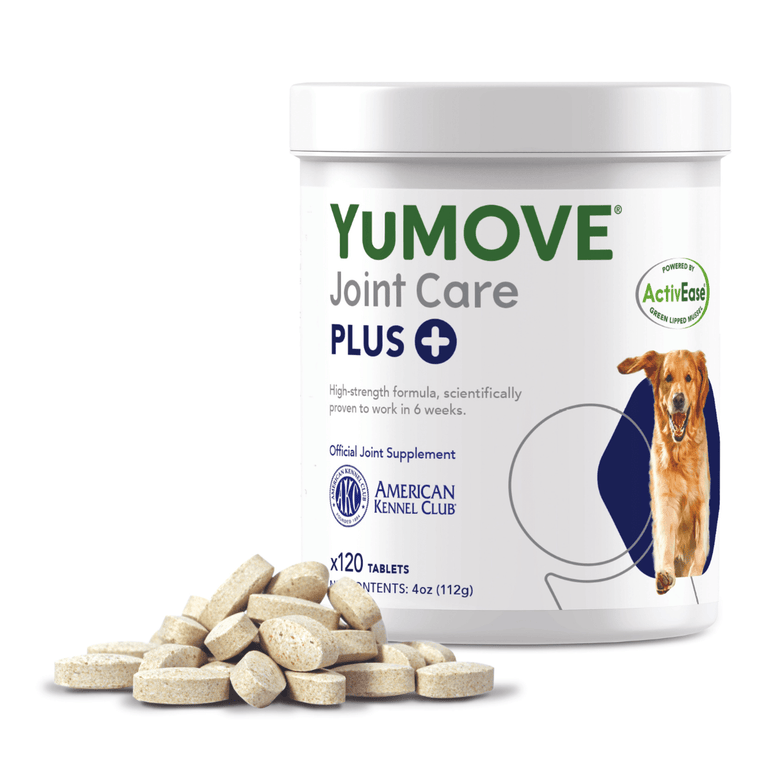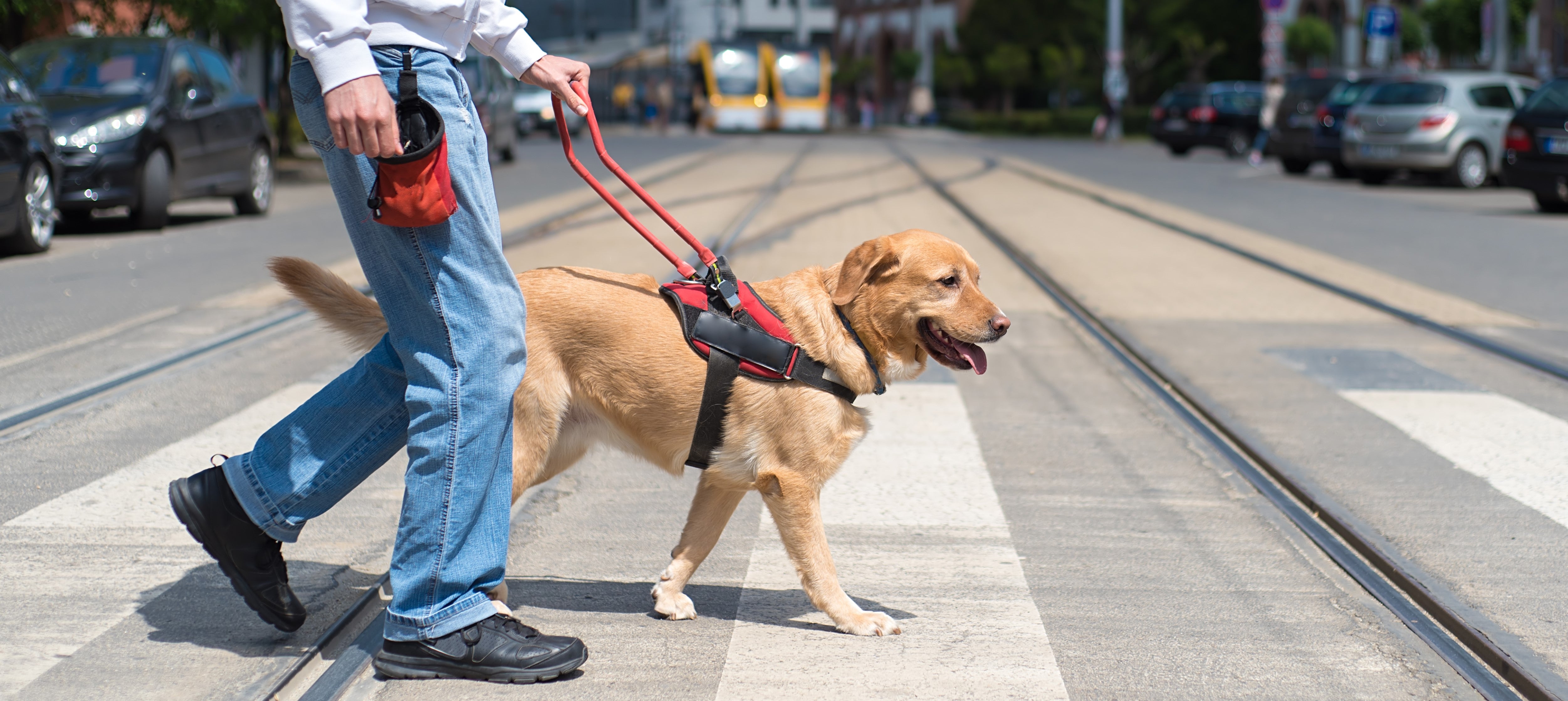While we all hope for clear, sunny skies during summer, hurricane season is at its peak between June and November. Your family should be prepared, especially if you live in a hurricane-prone area, and this includes how to prepare your dog.
Hurricanes, like any other natural disaster, can be devastating. Having a plan of action can help to minimize the impact. It’s never too early to start preparing, so here are some ways you can help your dog during hurricane season...
Plan ahead
Having and sticking to an emergency plan is key to protecting yourself and your pets during a hurricane. There are many things to include when creating your plan; it’s important to consider all scenarios.
The best way to start is always keep an emergency supply kit in your home. When stocking supplies, include plenty of dog food, treats, and any medication your dog takes. These will be difficult to get during or after the hurricane. Also put in leashes and a water bowl to avoid searching for them in an emergency.

You should make sure your dog is easy to identify if they escape during the hurricane. You can do this by giving them a collar and ID tag with your contact details or having them microchipped. A microchip is a tiny ID tag that’s inserted under your dog’s skin by your veterinarian. It’s a permanent form of identification that holds their name, any medical issues, and your contact information.
You should be aware of local pet-friendly emergency shelters just in case the hurricane damages your house or it’s too dangerous to stay at home. In case of a scenario where you’re injured, organize someone who knows your pup well to take care of them.
When it hits
Keeping informed is critical to a successful emergency plan, so keep up to date on weather forecasts and have alerts for hurricane warnings. Remember to keep calm, don’t ignore evacuation warnings, and take your pets with you if you evacuate.
If you aren’t ordered to, or cannot evacuate, the next step is to find a safe space to settle down. This could be an interior room in the house or a downstairs bathroom without windows. Going to the bathroom may be tricky for your pup, but don’t let them outside to pee. Instead, lay out puppy pads, give them treats for encouragement and try not to get frustrated if they don’t quite make it!
You can also stick a note to your door alerting emergency services that you’re home and with a dog, so when the coast is clear or if you’re in danger, they can help you as soon as possible.
Make sure to monitor your dog’s anxiety, as they may react differently under the stress of an emergency. To make your dog more comfortable, lay down plenty of blankets, toys, and a bed so they have space to relax. You can pop on their leash to make sure they’re secure. You can also support their anxiety by giving them a calming supplement like our YuCALM Calming Soft Dog Chews, as they’re formulated with ingredients to encourage calmness and reduce stress.
The aftermath
In a high-stress situation, waiting and being patient may seem difficult. However, if you’re safe, you must stay inside and wait for confirmation that the hurricane has passed. This includes if your dog escapes, as you’ll be putting yourself in danger and may not be able to look for them properly.
If your dog has escaped, contact neighbors and friends locally once the weather has settled. Your local community may have a Facebook page where you can post photos and their last-known location so people can keep an eye out. If your pup is microchipped, contact local veterinary clinics and rescue centers to give them your details and a description of your dog so they can contact you if your dog comes in.
When you have received the all-clear, the first thing to do is check for injuries on yourself and your dog. If any glass has smashed, check for small cuts or scrapes on their body and paws to see if they need medical attention.

Some local animal shelters and emergency management centers have programs to support local pets in a disaster situation. For example, the American Kennel Club works with local emergency centers and services to provide evacuation support for pet parents or essential supplies to create makeshift animal shelters during a disaster.
Read more about the AKC Pet Disaster Relief Program here.
Do you have an emergency plan for your dog in case of a hurricane? Let us know your top tips over on our Facebook and Instagram pages.










